Coffee
Coffee (qahwa in Arabic, a term also used to refer to wine) came to us from the Arab and Ottoman world. From the plateaux of Abyssinia, where there is evidence of the cultivation of coffee trees as early as the 12th century, coffee crossed the Red Sea, first being grown on the coastline of “Happy Arabia” (modern-day Yemen), and then in the tropical climes of the territories of the great colonial empires beginning in the 17th century. Called the “devil’s brew” because of the black colour of its grounds, in which it was believed that the future could be read, coffee has sometimes been discredited by doctors for its harmful health effects (being considered an antiphysiological, addictive beverage).
Today, coffee is the second most popular beverage in the world after water, but always in close competition with tea.
The Mucem’s rich collections relating to coffee bear witness to the different ways of preparing and drinking this beverage since the 18th century, both at home and in public. They also evoke the café (also the French word for coffee) as a place for socializing.
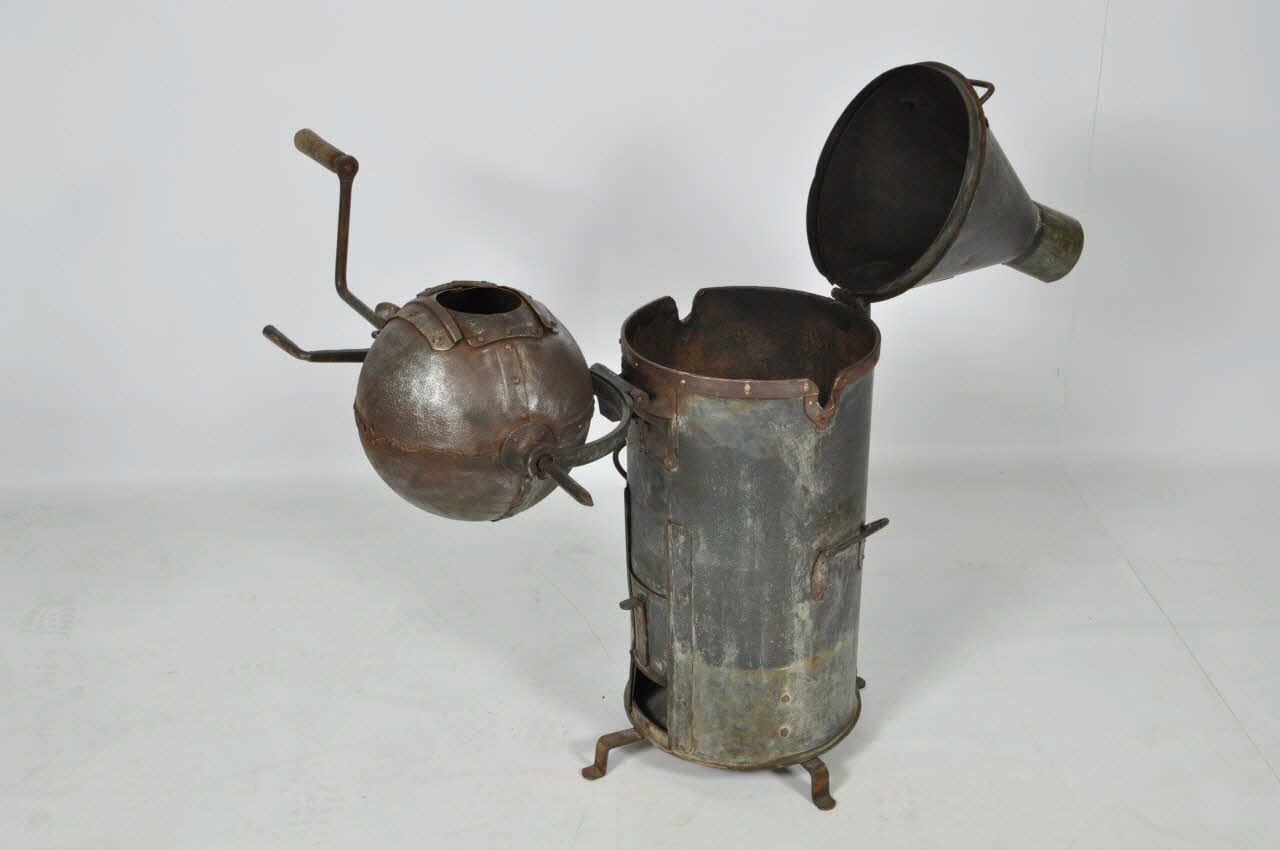
2005.2.2
Roasting
The coffee tree, a shrub that originated in central Africa, produces fruit called cherries that must be pulped and dried before they can be roasted into precious, fragrant black beans. Whether done industrially or in the home, the roasting stage is crucial to obtaining a particular flavour. The beans are then ground to prepare the drink. Each type of preparation requires a different grind, fine or extra-fine, obtained using a mortar and pestle or a coffee mill.
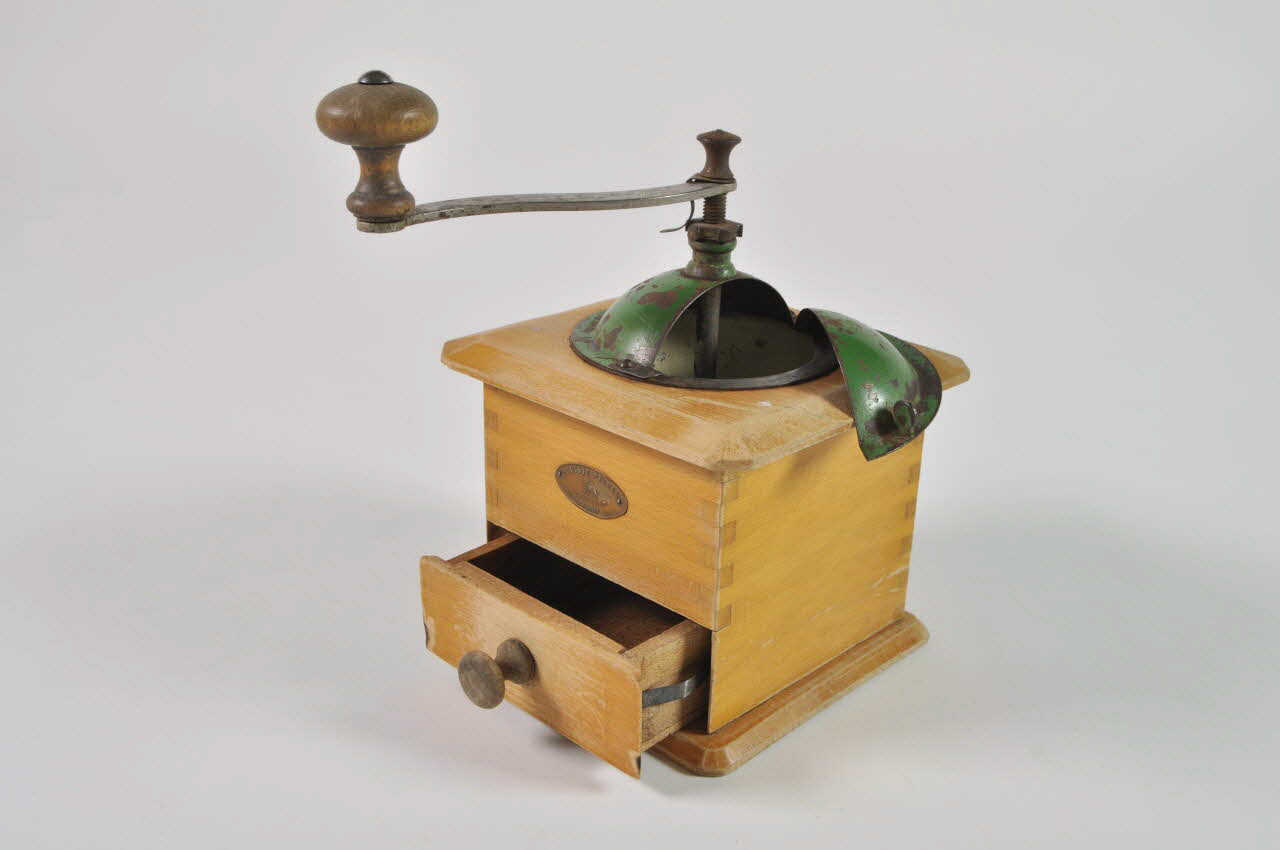
Moulin à café de marque Peugeot, Doubs, France, 1re moitié du XXe siècle, bois et métal
D2012.1.399
Coffee mills
The Mucem has wooden, ceramic and metal coffee mills made in small French workshops since the 17th century (from Lorraine, the Saint-Etienne region, etc.), as well as industrial models like the coffee mill patented by the firm Peugeot in the mid-19th century. These mills, which sometimes also served as spice mills and could be used by herbalists, work in a wide variety of ways: by hand crank or electric, fixed and wall-mounted, cylindrical or cubical. Some antique craft models were carved out of a single block of wood, and all come from Europe and the Mediterranean. Their diversity is clear evidence of the passion fuelling their collectors, who call themselves “millaholics”.
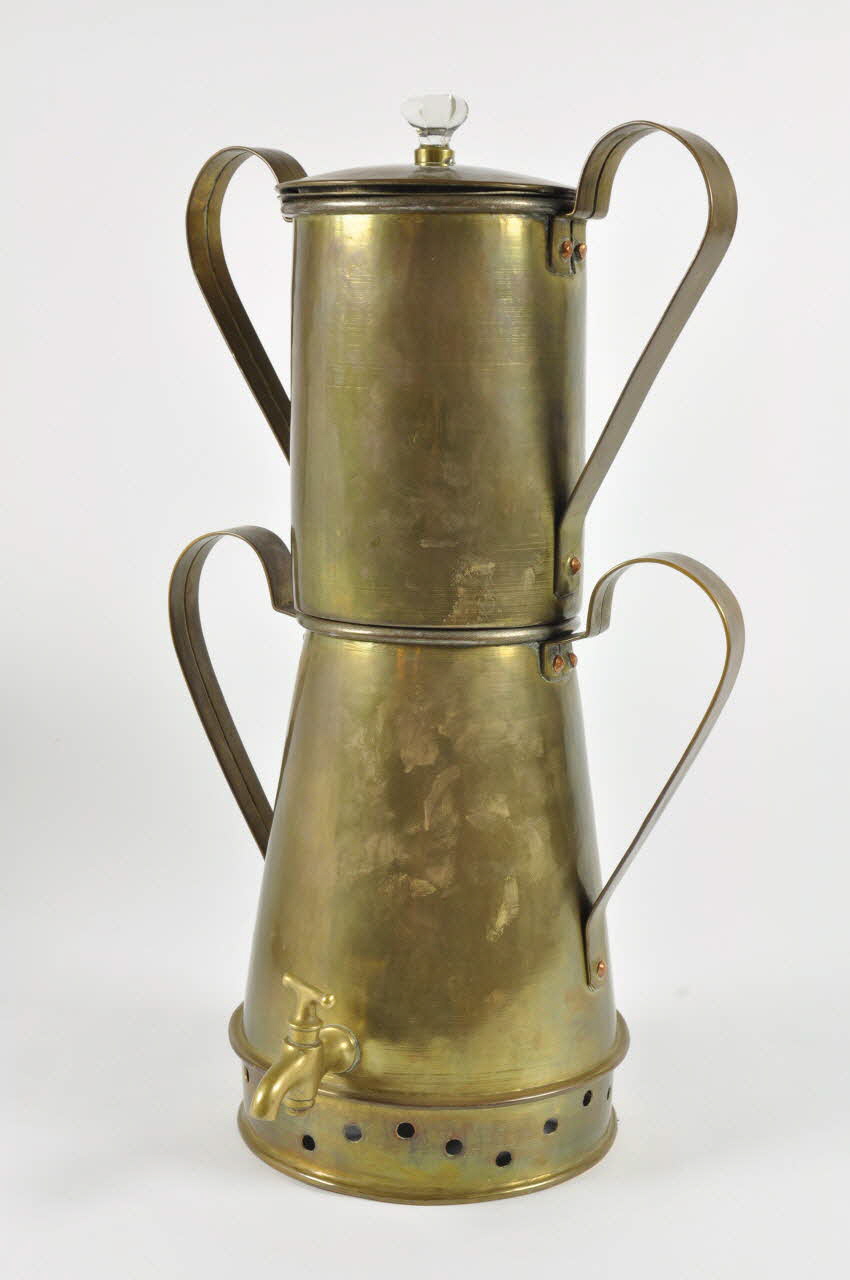
Cafetière à filtre d’auberge, Vienne, France, 2e moitié du XIXe siècle, laiton, Mucem
1971.3.1
Preparation
There are many ways to prepare coffee: decoction which brings the coffee to a boil, infusion, and percolation with or without pressure. The different types of coffee makers, from the copper Bedouin model to the espresso machine, and from the Du Belloy drip coffee maker patented around 1800 to the enamelled iron coffee pot, are testimonials to the various inventions that have been perfected to produce the taste of coffee.
All these models can be found in our homes, and their forms have withstood the test of time and space, like this “Made in China” model of a measure for preparing coffee by decoction (2001.65.3) which is now used in the Paris region to make Turkish coffee, but was actually inherited from the cezves that were in use in the old Ottoman Empire.
Making coffee by decoction (in which finely ground coffee is brought to a boil three times) requires various sizes of measures, depending on the number of guests sharing the same coffee, plus any sugar added during preparation. In this way, coffee can be prepared for one to four people who all have the same preference for coffee with no sugar, medium sugar or a lot of sugar.
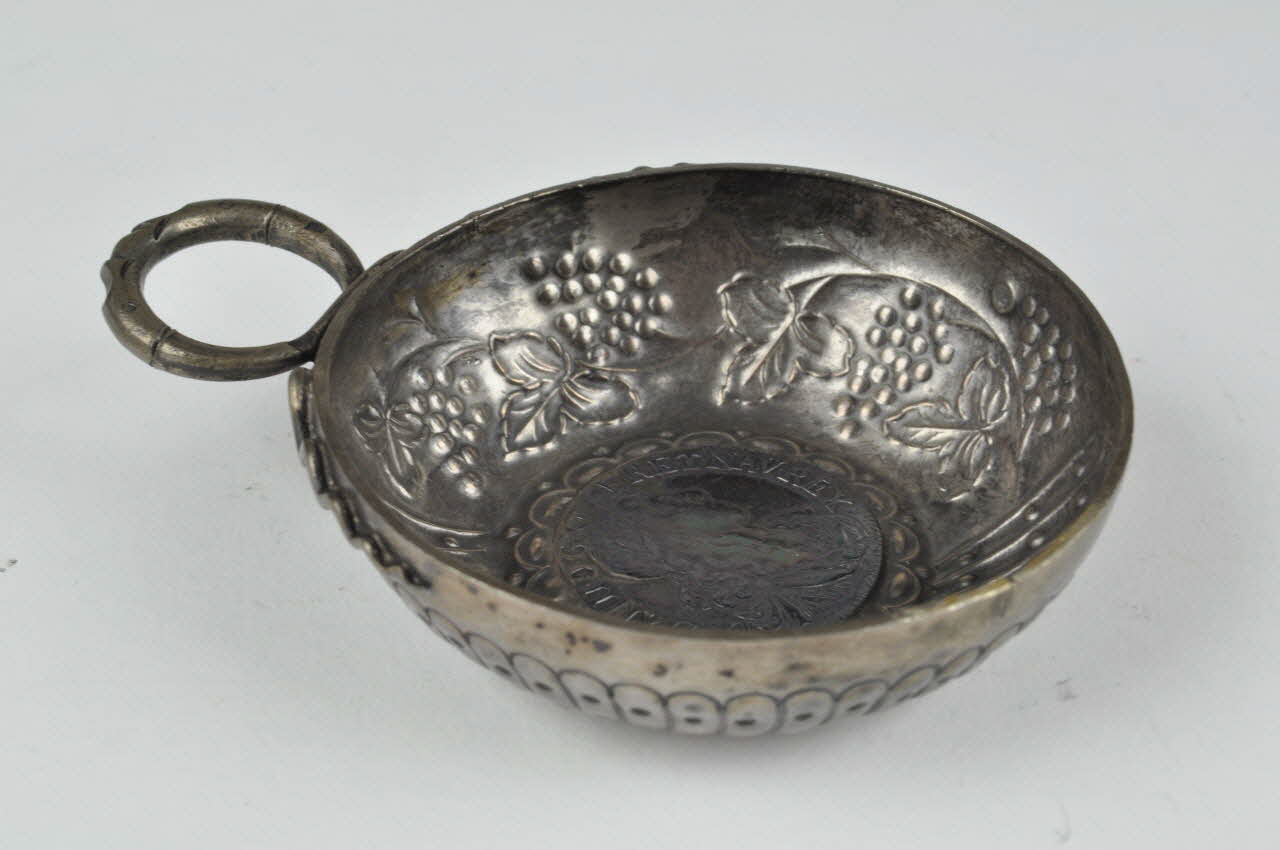
Tasse pour déguster le vin ou tastevin, Puy-de-Dôme, France, vers 1663, argent, Mucem
1901.1.852
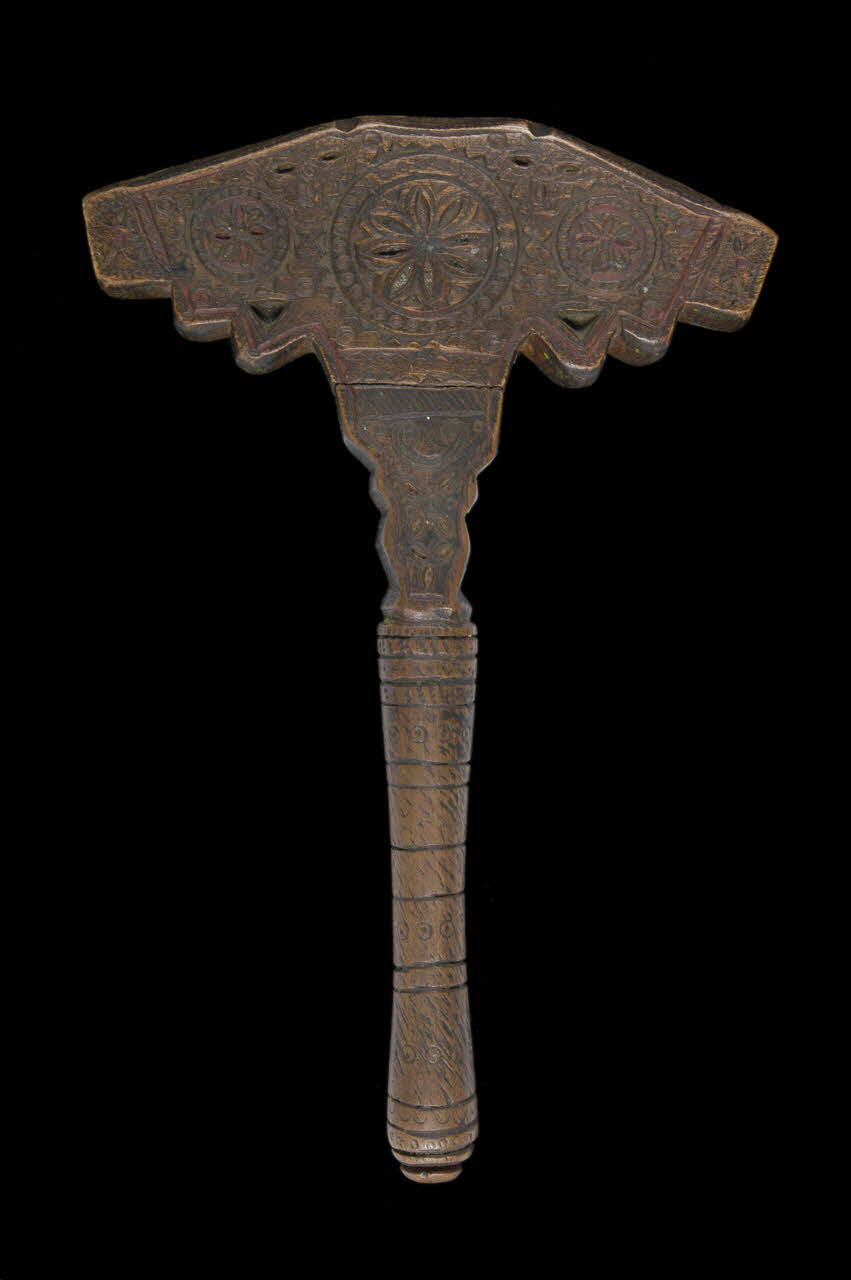
Marteau à sucre, Maroc, XXe siècle, Mucem
2003.8.14
Coffee set
The coffee set first appeared in Istanbul, formerly Constantinople. Served directly from the cezve, or sometimes decanted into an ibrik (a decanter derived from European tea, coffee and hot chocolate pots), coffee was originally drunk out of cups made of earthenware from Iznik or Kütaya, or porcelain from China or Europe, with no handle and shaped like a small eggcup. So as not to burn the fingers, the cup was placed in a zarf, a small stand made of finely wrought metal (silver, copper or tombac, a copper and zinc alloy).
In France, where Louis XV was a big coffee lover, the aristocracy’s coffee makers and coffee sets were made of silver, gold or porcelain, and their cups were fitted with a handle, like those designed for wine.
Magnificent coffee sets were manufactured at the request of great monarchs, like the vermeil and porcelain coffee set that Louis XV gave Queen Marie Leczinska in honour of the birth of the heir apparent. Nowadays, coffee is drunk from terracotta, earthenware or porcelain cups on grand occasions, and sometimes from glasses or mazagrans (thick goblets).
While some people take their espresso with sugar, eastern-style coffee adds the sugar – loose or in pieces broken off a sugarloaf – during the actual preparation. In Western Europe however, beginning in the late 17th century, aristocrats began adding sugar, milk or cream to their coffee just before drinking it.
But today’s coffee lovers take their pleasure from drinking their espresso from the white earthenware cups of a café that maintain the perfect temperature for a few moments, or from a small, clear glass, so they can also appreciate its colour.
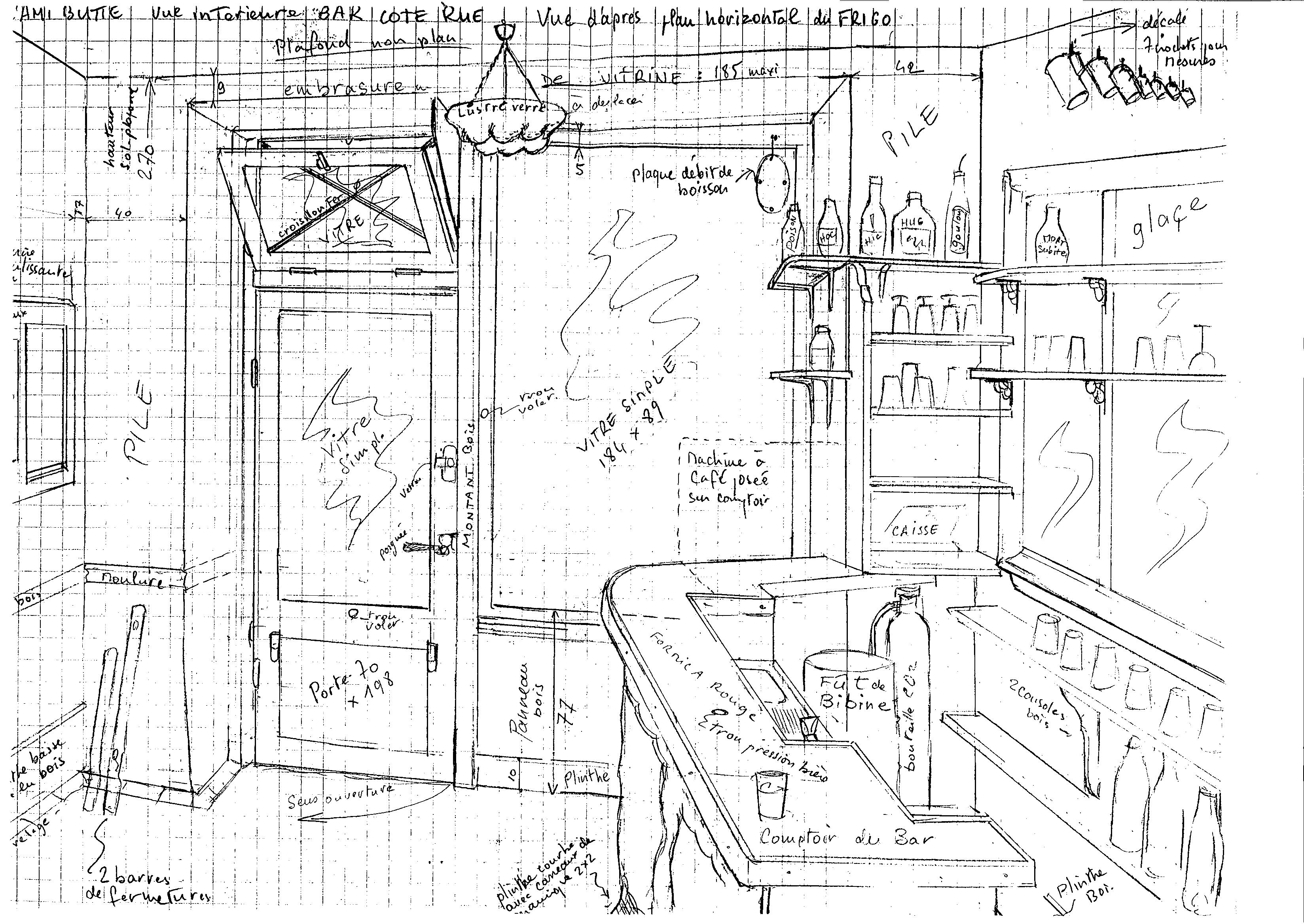
M. Cecchini, Relevé de l’intérieur du café l’Ami Butte à Montmartre, Paris, 1995, Mucem
ph.2007.21.20
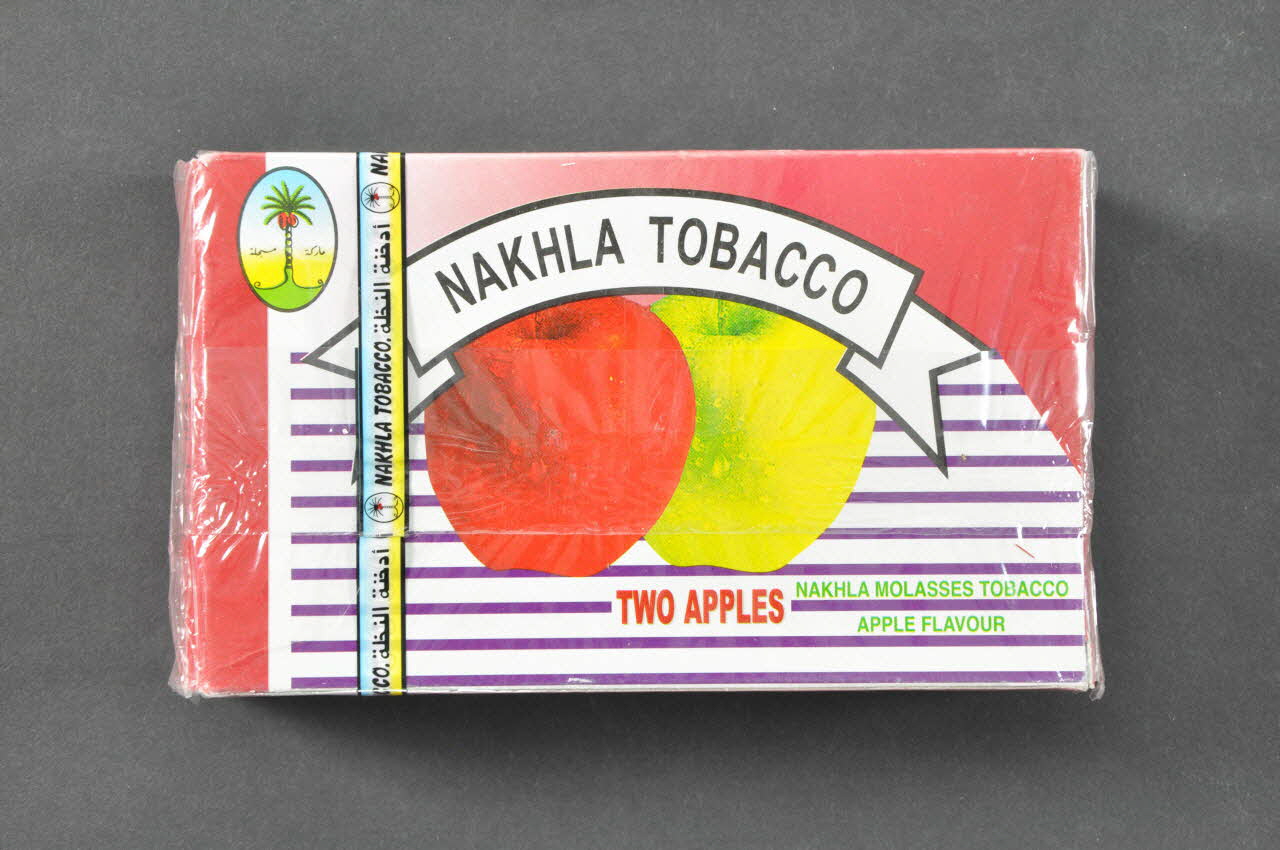
Tabac pour narghilé aromatisé à la pomme, Le Caire, Egypte, 21e siècle, Mucem
2008.102.5
Cafés, places for socializing
The first permanent establishments for drinking coffee prepared “while you wait” were observed in Mecca, Cairo and Istanbul in the 16th century, then in 17th century Venice, Vienna, Paris, London and Marseille. Some of those cafés, which were frequently opened by Armenians, Lebanese or Syrians, are still in operation today: Le Procope in Paris (created in 1689), Caffè Florian in Venice (created in 1720) and the Demel in Vienna (created in 1786). People began to come to drink a coffee alone or with friends, to talk and share ideas, to play cards or dominoes, listen to music and stories, read the newspaper, and so on.
Now real places for socializing and friendship, cafés dotted both the urban and rural landscapes. In the countryside, coffee spread more widely as a beverage after the First World War. In fact, in certain rural regions of North Africa like Kabylia, coffee only appeared in local customs in the 1950s.
Acquisition campaigns on the subject of trade and coffee have enriched the Mucem’s collections with café signs and frontages, as well as 1930s furniture from a café halfway up the butte of Montmartre, L’Ami Butte. Café names are sometimes plays on the word “bar” (like the Zanzibar, Le Bar à Quai, the Malabar, and so on).
Drinking coffee is often accompanied by another ritual, that of smoking tobacco. In the form of a pipe, cigar or cigarette, but also tobacco smoke inhaled through a hookah after the fashion of the Eastern Mediterranean Basin.
Cafés are spaces reserved for games and bets, but also music when you put a coin in the scopitone, the ancestor of the modern jukebox. Cafés are also involved in the dissemination of political ideas (circles and clubs) and, in each neighbourhood, amass a clientele based on affinities.